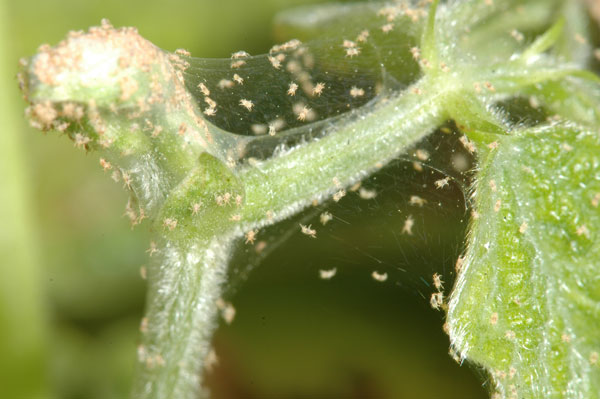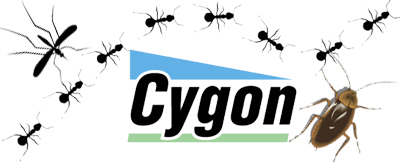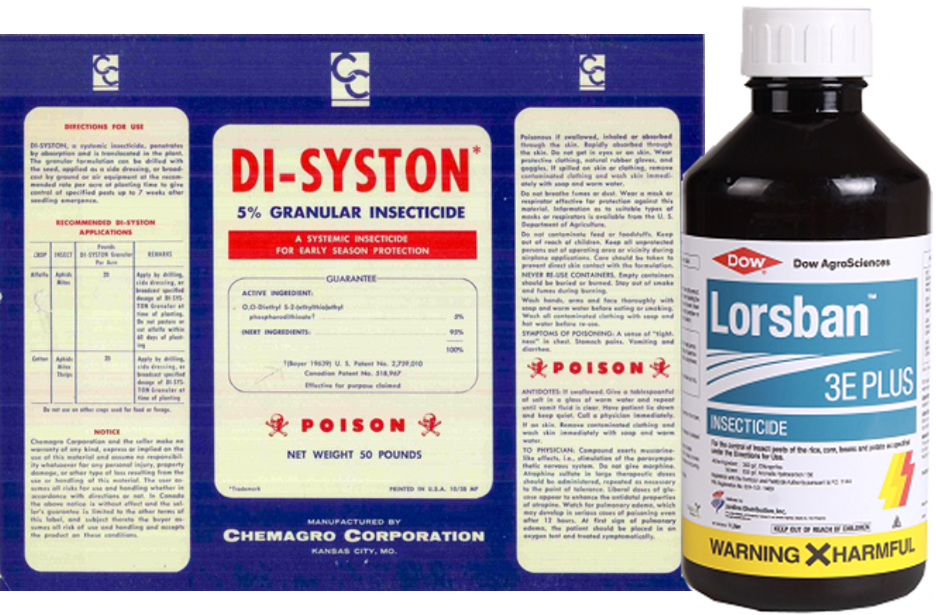Spider Mites and the Drought of 1988
Polk county, Iowa
 The scourge of the spider mite starts out fairly benign. Farmers often at first mistake the small yellow spots that appear on the lower leaves of their soybean plants as the normal result of drought conditions or perhaps of some sort of fungal infection. The mites, after all, live on the underside of leaves and are quite small and difficult to see.Without pesticide treatment or much-needed rain, the sneaky mites spread, the plants turn more and more yellow, then brown, and they die, parched and webby. Under dry and windy conditions, spider mites easily and quickly spread throughout a field of soybeans from its grassy outskirts.
The scourge of the spider mite starts out fairly benign. Farmers often at first mistake the small yellow spots that appear on the lower leaves of their soybean plants as the normal result of drought conditions or perhaps of some sort of fungal infection. The mites, after all, live on the underside of leaves and are quite small and difficult to see.Without pesticide treatment or much-needed rain, the sneaky mites spread, the plants turn more and more yellow, then brown, and they die, parched and webby. Under dry and windy conditions, spider mites easily and quickly spread throughout a field of soybeans from its grassy outskirts.
The summer of 1988 was a hot one – in fact, the hottest and driest the United States had seen since the drought of 1936, during the middle wave of the Dust Bowl. On July 8th, 1988, Governor Terry Branstad issued a statewide drought disaster proclamation.With its scorching temperatures, high winds, and clear skies, the summer of 1988 allowed for easy proliferation of the two-spotted spider mite on Polk County soybean fields and, to a lesser extent, on corn fields.
The brief, relatively clement drought of 1983 brought with it its fair share of the small, insidious pest, but the populations of spider mites in Polk County in 1988 were already so much worse by early July than five years prior. Seemingly, drought kills off the two-spotted spider mite’s natural foe – a pathogenic fungus known as Neozygites floridana. Being that the enemy of mine enemy is my friend, normal rain conditions keep N. floridana around at high levels and the two-spotted spider mite at bay. Rain conditions during the summer of 1988 were, of course, far from normal, and the mites took over Iowa soybean fields. In order to combat the raging spider mite infestation, Iowa farmers had to slather on literally tons of expensive organophosphate pesticides in order to protect their soybeans and corn.
The main pesticide used throughout the beginning of the summer of 1988 was a product called Cygon, produced by the American Cyanamid Corporation out of New Jersey. In early July the Midwest was calling for drum after drum of the potent mite-killer. The demand was so high that by July 20th, American Cyanamid’s supplies of Cygon had run dry.Farmers across Iowa had to switch to the even more potent, highly toxic pesticides Lorsban and Disyston-8 to keep mite populations in check.
 On July 28th, 1988, the Des Moines Register ran a story explaining the numerous safety precautions that Iowa farmers needed to follow when using Lorsban and Disyston-8. The EPA required that any person applying the pesticide needed to be wearing full protective gear – including high quality respirators. No one could enter the fields without full protective gear for 24 hours post application. No soybeans could be harvested for 40 days after spraying – a much longer time to wait than for most pesticides or herbicides. The chemical couldn’t be applied to fields if the wind speed exceeded 7 miles per hour and it couldn’t be applied to any fields that were within 500 feet of a residence.
On July 28th, 1988, the Des Moines Register ran a story explaining the numerous safety precautions that Iowa farmers needed to follow when using Lorsban and Disyston-8. The EPA required that any person applying the pesticide needed to be wearing full protective gear – including high quality respirators. No one could enter the fields without full protective gear for 24 hours post application. No soybeans could be harvested for 40 days after spraying – a much longer time to wait than for most pesticides or herbicides. The chemical couldn’t be applied to fields if the wind speed exceeded 7 miles per hour and it couldn’t be applied to any fields that were within 500 feet of a residence.Farmers too were required to inform any beekeepers within 2 miles of any Disyston-8 spray site of the incredible toxicity of the pesticide to bees. Beekeepers, however, couldn’t request that their neighbors not use the potent insecticide. Across the state, bee populations were ravaged by the use of these organophosphate pesticides. Despite precautions, these chemicals don’t seem to stay where they are put.
 Such strict rules need to be followed with these organophosphate pesticides because they not only accidentally kill bees, but are also quite toxic to people. This is because they are inhibitors of acetylcholinesterase, an essential enzyme. Inhibiting acetylcholinesterase is great for killing mites because it makes it so their tiny nervous systems can’t function. A relatively small amount of these pesticides kills mites quite efficiently. The problem is, humans need acetylcholinesterase for our brains to function too. When acetylcholinesterase is inhibited, it makes it so our neurons can’t stop firing.
Such strict rules need to be followed with these organophosphate pesticides because they not only accidentally kill bees, but are also quite toxic to people. This is because they are inhibitors of acetylcholinesterase, an essential enzyme. Inhibiting acetylcholinesterase is great for killing mites because it makes it so their tiny nervous systems can’t function. A relatively small amount of these pesticides kills mites quite efficiently. The problem is, humans need acetylcholinesterase for our brains to function too. When acetylcholinesterase is inhibited, it makes it so our neurons can’t stop firing.
Thus, when humans come into contact with pesticides like Disyston-8 and Lorsban, their nervous systems can become dangerously overstimulated, leading to intense seizures and potentially deadly full-body paralysis. In 2001, the pesticide Lorsban was outlawed by the EPA because it was linked to neurological and autoimmune disorders in children who were exposed, even in vanishingly tiny amounts, before and after birth.
With drought comes spider mites and when the drought of 1988 brought them in full force, Iowa farmers retaliated with gallon upon gallon of organophosphate pesticides.Even with as many interventions as they could make, Iowa farmers still experienced around a 33% overall loss in yield of their corn and soybeans.
